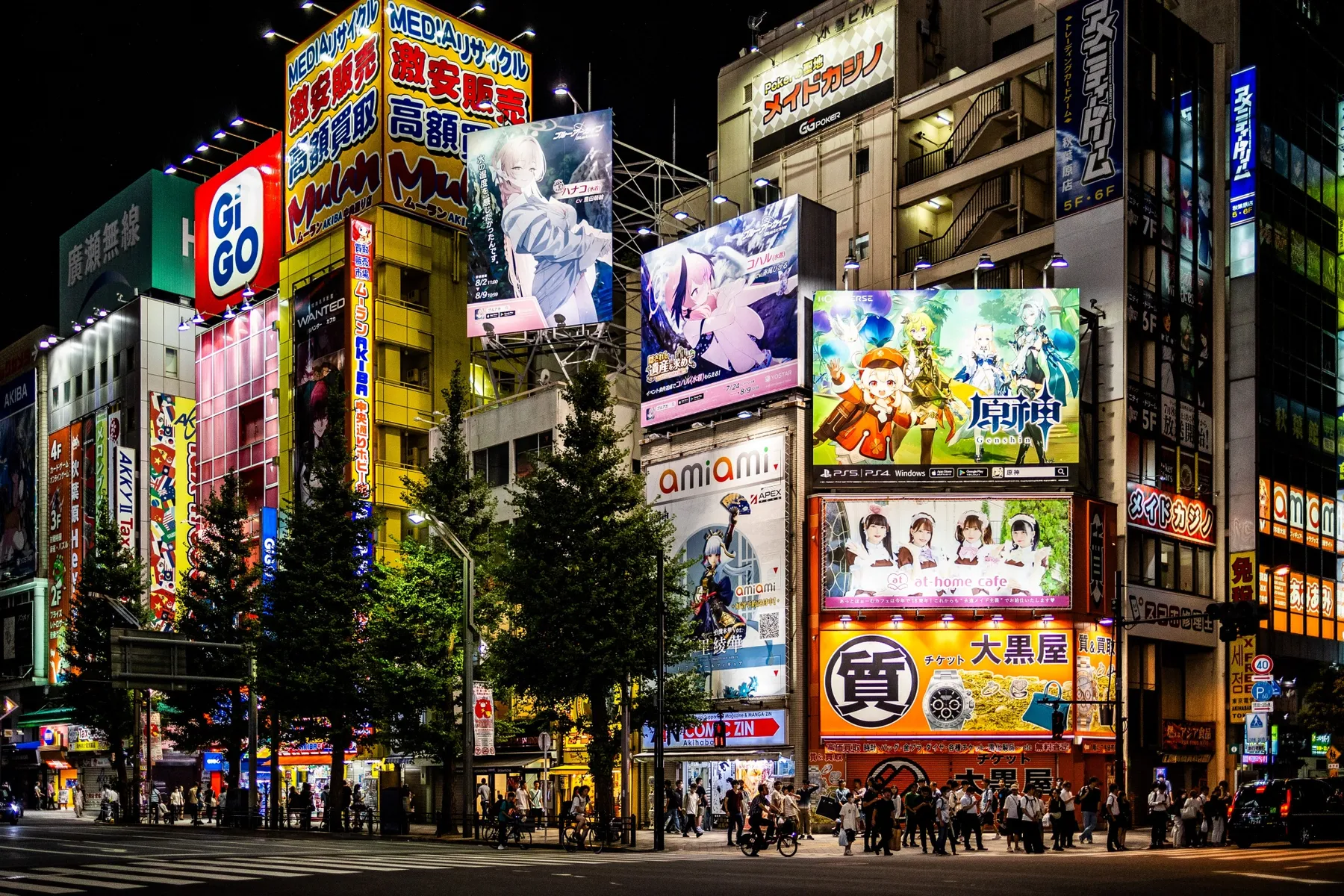Japan is poised to transform its global export landscape by harnessing the cultural allure of anime, manga, and video games—shifting the nation’s image from high-tech manufacturing to a beacon of “cool.” In a bold reimagining of the long-standing Cool Japan initiative, government leaders and industry giants are setting ambitious targets to quadruple content exports by 2033, potentially reaching ¥20 trillion (approximately $130 billion) in annual revenue.
A Cultural Renaissance with Economic Ambitions
Traditionally known for cars, industrial robots, and video game consoles, Japan is now betting on its rich cultural exports to rival the country’s industrial might. Iconic titles like Dandadan and Jujutsu Kaisen are set to redefine Japan’s reputation on the global stage, much like how South Korea’s BTS and China’s Genshin Impact have influenced international markets. This strategic shift not only aims to generate higher profit margins but also to bolster Japan’s soft power—a concept popularized by American political scientist Joseph Nye.
Strategic Reboot Amid Global Competition
Over the past decade, Japan’s cultural exports have seen unprecedented growth, especially during the Covid-era surge in at-home entertainment. However, experts warn that complacency could cost Japan its leadership in content creation. With competitors like South Korea and China innovating rapidly, Japan’s major business lobby, Keidanren, is urging a more aggressive and nuanced strategy to ensure its creative industries remain at the forefront of global influence.
Key elements of the new strategy include:
- Expanding Overseas Distribution: Building robust channels for global reach.
- Boosting Market Intelligence: Better understanding consumer preferences to tailor content.
- Relieving Production Bottlenecks: Addressing talent shortages and improving wages for creators.
- Fighting Piracy: Strengthening intellectual property protections to ensure creators receive their due profits.
The Role of Creators in Japan’s Future
While corporate investments have surged, the rebooted Cool Japan strategy faces criticism for not sufficiently supporting the artists behind the scenes. With many animators earning wages significantly lower than other industrial sectors, there is a growing call for better working conditions, fairer compensation, and stronger rights over intellectual property. Industry experts suggest that government intervention—such as minimum wage legislation and support for unionization—could be key to maintaining Japan’s cultural edge.
Lessons from Global Success Stories
Countries like Ireland have shown that strategic government grants and tax credits can nurture a thriving animation industry. By adopting similar measures, Japan could empower its creative talent, ensuring that its unique storytelling continues to resonate with fans worldwide. This holistic approach to nurturing creativity is seen as vital in a landscape where content saturation and the rise of generative AI present both opportunities and challenges.
Global Relevance and Future Outlook
As Japan positions itself to compete in a fast-evolving global market, the reboot of Cool Japan signifies more than just an economic policy—it represents a national rebranding. With cultural exports now playing a central role in the nation’s strategy, Japan’s future may well be defined by the cool, creative forces that have long captivated the world.
For further insights on Japan’s evolving cultural export strategy, visit reputable sources such as BBC News, Reuters, The Japan Times, Nikkei Asia, and CNN.
Written by Sigmanomics team






